- Home
- Blog
- Software Testing
- Functional Testing Interview Questions

In this ever-changing world, there is a dire need for a method that could validate the software system against the functional requirements. In such a scenario, functional Testing comes into play. It aims to test every software application function, offers inputs, and verifies outputs. This Testing is carried out with the help of sample inputs and the capture of resulting outcomes.
Let us look at some facts related to functional Testing:
- Functional Testing is essential to prevent the passing of non-functional tests and messing up the key expected outputs.
- There are a lot of popular functional testing tools, including Selenium, QTP, Junit, and many more.
Now we will go through some FAQs about the Functional Testing Interview. Then we will move on to the Functional Testing Interview Questions for
Top 10 Frequently Asked Functional Testing Interview Questions
- What exactly is Functional Testing?
- What is the purpose of utilizing functional Testing?
- What all types of Testing are included in Functional Testing?
- What kind of test is carried out regarding functional Testing?
- What is the usage of the Traceability matrix?
- What is the primary usage of Acceptance Testing?
- What do you understand by Ad Hoc testing?
- What does one understand by Equivalence Partitioning?
- What do you understand by Smoke testing?
- What is the significance of conducting an end-to-end test?
Functional Testing Interview Questions and Answers For Freshers
1. What do you understand by RTM?
Ans: RTM is formally known as the Requirement Traceability Matrix. It is a tool that aids in monitoring requirement coverage throughout the testing process. after receiving the required paper. It is developed per the specifications and maintained until the particular system or application is released.
| If you want to enrich your career and become a professional in Software Testing Fundamentals, then enroll in "Software Testing Fundamentals Online Training" - This course will help you to achieve excellence in this domain. |
2. What is the meaning of mutation testing?
Ans: Mutation testing determines the usefulness of a group of test cases or test data. Purposefully introducing various code alterations (bugs) is accomplished by retesting the original test cases or data.
3. How many possible tests can one execute in one day?
Ans: Be sensible when responding to inquiries concerning manual Testing in the field during genuine interviews. The size and complexity of the test case also play a significant role. There are some test cases with few steps and others with more.
The appropriate response would be, "In my previous project, we typically executed 35–40 easy test cases each day, 15–17 medium test cases (such as Assigning user roles per day), and 5-7 sophisticated test cases every day.
4. What do you understand by the term stress testing?
Ans: A performance testing technique called "stress testing" forces the application to experience a strain or stress. For instance, running an application over the breaking point to carry out the identification of the precise moment the software program breaks.
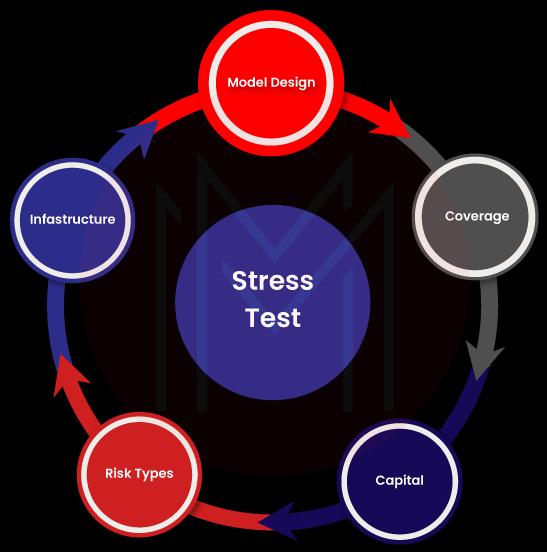
5. What do you understand by the term load testing?
Ans: A performance testing technique consists of running the program at higher-than-normal load levels. It assists you in keeping track of the server's peak efficiency, reaction time, and other related functions. Using this performance testing technique, you may assess the application's stability, performance, and authenticity under a parallel system load.
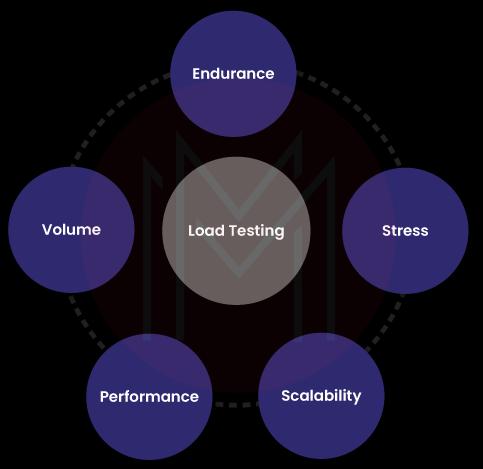
6. What do you understand by configuration management?
Ans: This system engineering technique is used to establish and preserve the consistency of a product's physical, performance, functional, design, and operational information. Your company benefits from improved time management and cost efficiency of this method.
7. What do you understand by the term Non-functional testing?
Ans: Non-functional Testing is a method used in software testing to examine a software application's performance, usability, and dependability. It is primarily intended to evaluate a system's readiness per the non-functional criteria, which functional Testing never addresses.
8. What do you understand by the term GUI testing?
Ans: Graphical User Interface (GUI) testing examines how well and precisely the program interacts with users.
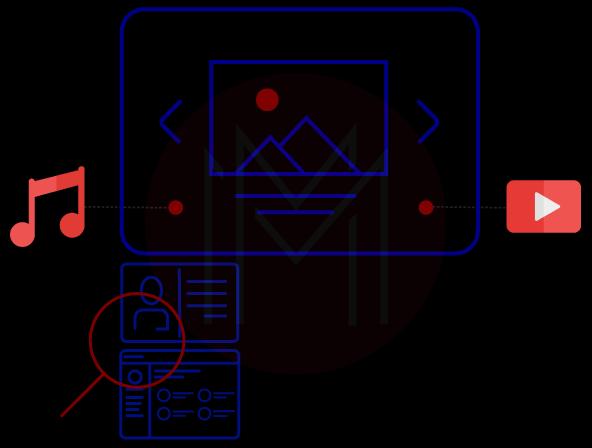
9. What do you understand by the term test closure?
Ans: Test Closure comprehensively reviews all tests performed throughout the SDLC (Software Development Life Cycle) and lists all mistakes, ambiguities, and problems detected.
This document also includes data on the overall number of trials, total experiments carried out, defects found, bugs not resolved, bugs rejected, and many more.
| Related Article: Software Testing Types |
10. What do you understand by Baseline testing?
Ans: A baseline test is a collection of tests conducted to gather performance. The information acquired may also be used to improve the program's functionality and performance by adjusting the findings. This testing technique compares the application's current version with its prior performance.
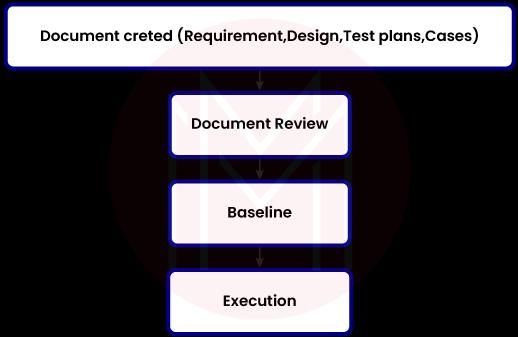
11. What does defect cascading mean?
Ans: It is a method for causing other application flaws when one defect is still present after Testing. Because specific errors manifest themselves in the latter phases of development, it activates other application flaws.
Finding the damaged feature might be difficult if the fault cascade impacts other program features. To address this issue, you can create multiple test cases.
12. What do you understand by the term testbed?
Ans: Software, hardware, and other test components are known as testbeds and are used to assist the testing process. The testbed's primary goal is controlling and keeping an eye on the circumstances. It also provides tools for running tests. The testbed for manual software testing includes a variety of tools and technologies.
Databases like PostgreSQL or MySQL, programming languages like PHP, and Perl frameworks like Joomla and WordPress are a few examples of testbeds.
13. What does defect removal efficiency mean?
Ans: A testing metric called Defect Removal Efficiency (DRE) shows how well the development team resolves problems before making the product available to the public. It calculates the proportion of flaws to all issues found. For instance, the DRE will be 80/60 = 1.3% if 80 cases were found during Testing and 60 were resolved.
14. What are the main differences between bug release and bug leakage?
Ans: A bug release takes place when a specific software version is made available. While bug leaking occurs when the end user finds a flaw or ambiguity missed by software testing, these vulnerabilities tend to be low priority or severity.
15. What do you understand by Agile Testing?
Ans: Agile Testing makes it relatively seamless to assess software from the user's viewpoint. The development team does not have to conclude the coding process before the quality audit procedure can begin. Instead, Testing and coding happen at the same time. It could, however, result in necessitating ongoing customer engagement.
Functional Testing Interview Questions For Experienced
16. If a tester encounters a bug, what will they do?
Ans: Once the problem or the ambiguity has been identified, it must be locked in the bug report. The developers who can address this problem should then be given the responsibility and adequate information about it. To ensure that fixes don't lead to issues elsewhere, all defects must be re-evaluated after the developer makes a remedy. This is followed by a judgment about whether regression testing is necessary.
17. What can be categorized as positive and negative Testing?
Ans: We may state that a positive test is undertaken when a tester enters valid data and anticipates that action will be performed as per the specification. In contrast, a negative test occurs when a tester enters invalid data and encounters problems.
18. How would you differentiate between Latent and Masked defects?
Ans: A latent defect is an undiscovered flaw in the current release. However, it is not that evident since the prerequisites for finding the problem have never been satisfied. These flaws only appear when software testing sets off a particular event, masking their existence.
19. Can you do system testing at any stage?
Ans: All the software components are tested to ensure the product meets the criteria. System software testing is, therefore, not possible at any point. System testing must wait until every module or unit is operational and in place before beginning.
20. What exactly are Alpha, Beta, and Gamma Testing?
Ans: The names of the terminology used in software testing are all given:
- The software's developers, along with testers, carry out a kind of Testing called alpha testing. It has occasionally been noted that the outsourced team or the buyer usually conducts the alpha testing without the assistance of developers or testers.
- Beta testing is done before release with a predetermined number of final users. Most often, it takes place where the end user is.
- Gamma testing: When the program is ready for release, this testing method verifies that the requirements have been met. Typically, it takes place where the end user will see it. Additionally, it is carried out directly by skipping any internal testing procedures.

21. What is the purpose of use case testing?
Ans: A technique that enables the users to test the functioning of a particular piece of software is known as use-case testing. Additionally, it aids in your understanding of the concepts and primary arguments for and against using the software.
22. What does one understand by the term A/B testing?
Ans: A/B Testing compares the performance of two or more versions of your program with actual users. Testing new or current feature changes using this manner carries no risk.
You may choose which users will make use of feature A. The opposing group employs feature B. After that, you may utilize statistical Testing to evaluate user input and responses to decide on the feature's final iteration.
23. What do you understand by the term configuration testing?
Ans: The configurational requirements of the program are assessed with the software testing technique known as configuration testing. It assists you and provides a basic outline that helps identify the best system setup for the application. You may also use it to find and fix any compatibility problems.
| Related Article: Life Cycle of Software Testing |
24. What do you understand by the term stub?
Ans: Lower-level modules frequently do not undergo development until top-level modules are tested and integrated when top-down integration testing is used. Stubs, fake modules, are employed in these situations to simulate module behaviour by providing a result that has been predetermined or hard-coded depending on the input variables.
25. What do you understand by defect life cycle?
Ans: The defect life cycle often referred to as the bug life cycle, is an ascending sequence of stages that a defect undergoes as it progresses through its life cycle. The software testing life cycle starts when the tester makes the identification or reports a fault and concludes when the QA tester confirms that the issue has been fixed to prevent a recurrence.
26. What do you understand by using case Testing?
Ans: A technique that enables us to test the functioning of a particular piece of software is use-case testing. Additionally, it aids in your understanding of the primary arguments for and against the use of the software.
27. What exactly are the exit criteria of software testing?
Ans: A collection of requirements known as an exit criterion puts out the definition of the characteristics or state of the application that must be met to declare the process or product finished.
28. What do you understand by TDD?
Ans: Software development methodologies include test-driven development or TDD. With this approach, test cases generated for the functionality to be included drive the program development. The TDD methodology consists of creating test cases and writing code to pass the tests.
29. What is monkey testing?
Ans: Monkey testing is another name for the random testing approach. Data is created at random, frequently via a tool or automated system, in this kind of Testing. This randomly generated input is used to test your system, and the outcomes are examined.
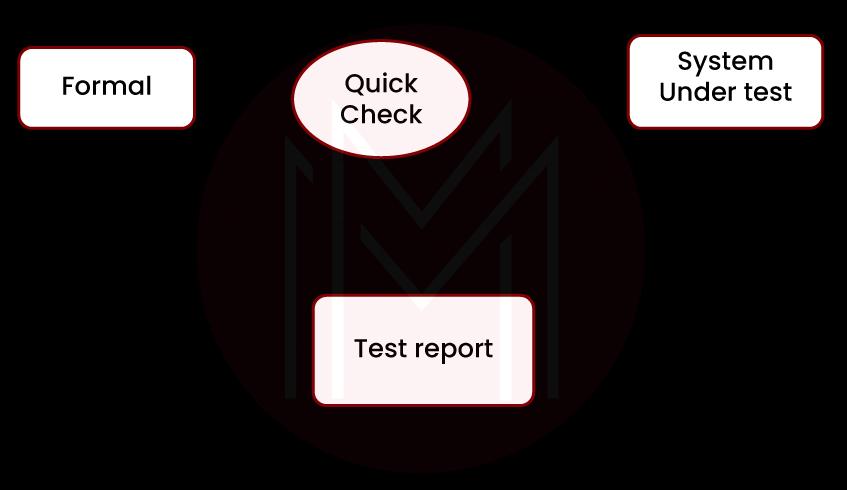
30. What do you understand about Big Bang Approach?
Ans: The Big Bang is a popular integration testing technique that necessitates comparing all system parts. The essential advantage of this testing approach is that it allows the tester to examine the performance of the complete system and all of its features.
Functional Testing FAQs
1. What exactly is Functional Testing?
Ans: Functional Testing is a software testing technique that aids in validating a software system against available specifications and requirements.
2. What is the purpose of utilizing functional Testing?
Ans: The fundamental goal of functional tests is to evaluate every software application function by providing the proper input and then drawing a comparison between the results and the applicable requirements.
3. What all types of Testing are included in Functional Testing?
Ans: Black box testing is used in functional Testing, which is unconcerned about the application's source code. This Testing examines various application features, including the user interface, APIs, database, client/server connectivity, and many others. This kind of software testing can be done manually or automatically.
4. What kind of test is carried out regarding functional Testing?
Ans: The following are some of the reasons why one should adopt functional Testing:
- Primary functions: It carries out an application's primary features.
- Basic usability testing: This approach is made on the system. Additionally, it determines whether the user can freely and easily browse the screens.
- Accessibility: It evaluates the software system's usability for the user.
- Error Circumstances: You may look for error conditions using testing procedures. It also verifies if relevant error messages are shown.
| Related Article: Functional Testing |
5. What is the usage of the Traceability matrix?
Ans: With the use of a single document, the traceability matrix carries out the demonstration of the link between test cases and requirements.
6. What is the primary usage of Acceptance Testing?
Ans: Acceptance testing aims to assess whether the software system complies with the requirements. This kind of test's primary objective is to determine whether the system has a level of compliance with business requirements and whether it has fulfilled the requirements for delivery to end users.

7. What do you understand by Ad Hoc testing?
Ans: Adhoc Testing, commonly referred to as random Testing, is the kind of Testing that doesn't adhere to any test cases or application-specific criteria. The majority of the time, it is an unplanned process where any of the existing components of the program is inspected haphazardly for flaws.
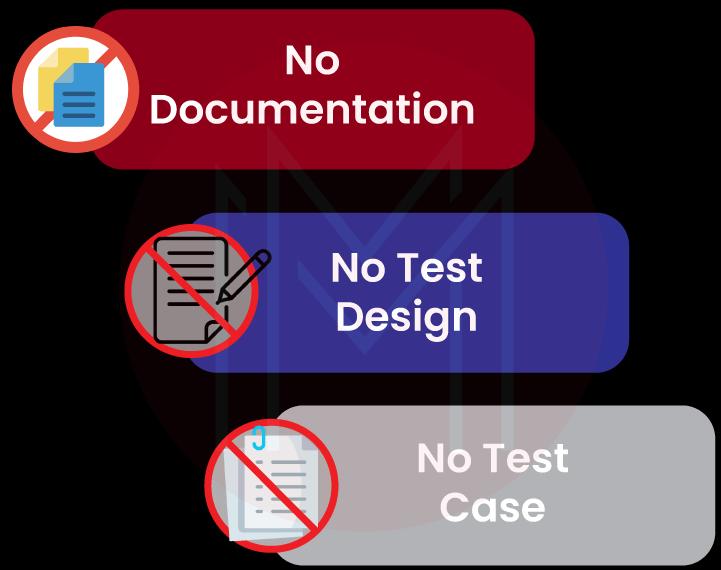
8. What does one understand by Equivalence Partitioning?
Ans: An equivalence class is another name for equivalence partitioning. It is a black box test that creates data classes from input data. This software testing approach may use fewer test cases while addressing all requirements.
9. What do you understand by Smoke testing?
Ans: After getting built, the system undergoes Testing with the smoke approach. To determine whether the build should be allowed for further Testing or rejected in the event of a broken system, this testing methodology examines the critical route rather than the functionality. Smoke testing also explores the vital path of the system, without which the program cannot run.

10. What is the significance of conducting an end-to-end test?
Ans: End-to-end Testing is a tactic that enables you to run tests that cover every potential scenario for the testing application's flow from beginning to end. With this technique in software testing, one can quickly identify software dependencies and confirm that the correct input is sent across various software modules and subsystems.
Conclusion
The benefits of implementing functional Testing are manifold. A lot of enterprises have traditionally run various functional Testing with dedicated responsibilities for each one of them. Because of its high availability and continuous operation, functional Testing has exceeded the business requirements. This is the reason why it is in demand these days. It has been able to create a lot of opportunities for the youth too. We hope we were able to effectively contribute to your preparation of functional testing interview questions through this article.
 On-Job Support Service
On-Job Support Service
Online Work Support for your on-job roles.

Our work-support plans provide precise options as per your project tasks. Whether you are a newbie or an experienced professional seeking assistance in completing project tasks, we are here with the following plans to meet your custom needs:
- Pay Per Hour
- Pay Per Week
- Monthly
| Name | Dates | |
|---|---|---|
| Software Testing Fundamentals Training | Dec 30 to Jan 14 | View Details |
| Software Testing Fundamentals Training | Jan 03 to Jan 18 | View Details |
| Software Testing Fundamentals Training | Jan 06 to Jan 21 | View Details |
| Software Testing Fundamentals Training | Jan 10 to Jan 25 | View Details |

Madhuri is a Senior Content Creator at MindMajix. She has written about a range of different topics on various technologies, which include, Splunk, Tensorflow, Selenium, and CEH. She spends most of her time researching on technology, and startups. Connect with her via LinkedIn and Twitter .















